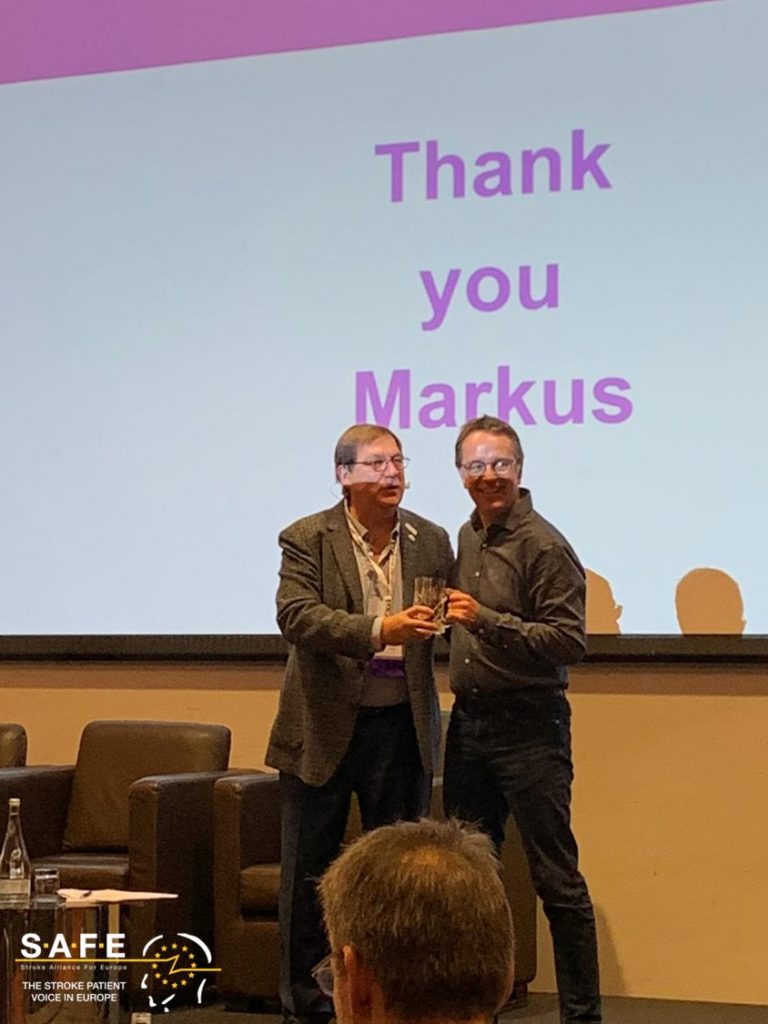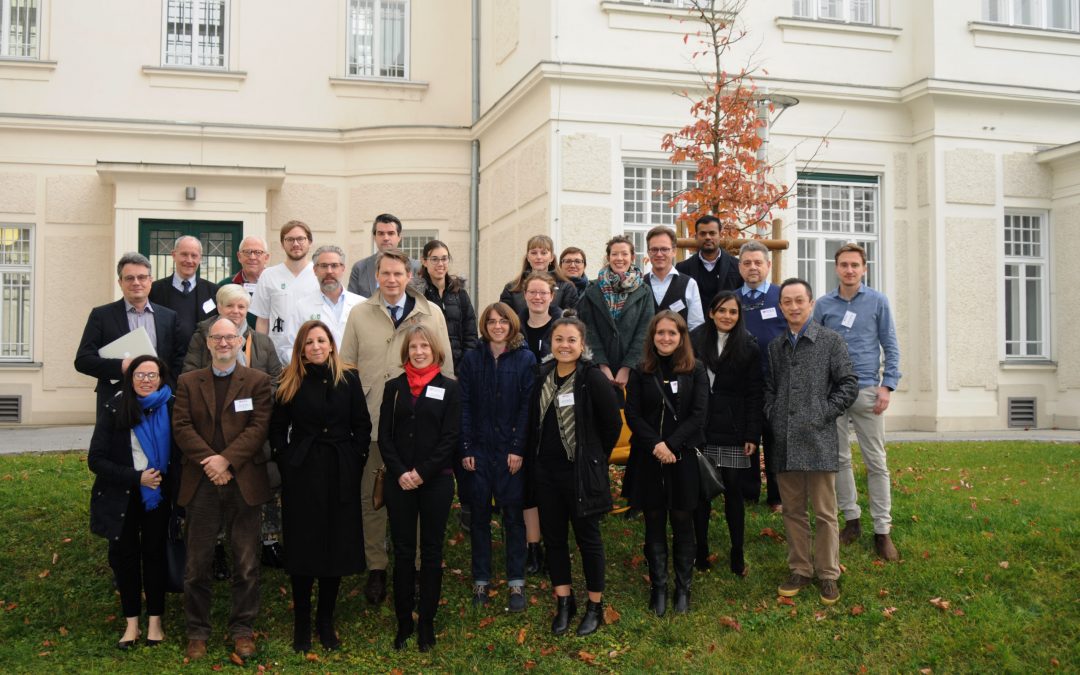
Dec 10, 2019
First published on https://www.prestige-af.org/
Another year, another successful annual meeting. Hosted by PRESTIGE-AF partners, Medizinische Universitat Graz (MUG), the PRESTIGE-AF consortium convened in the idyllic and picturesque town of Graz in Austria on the 6th December for one full day of intense presentations, parallel session discussions and Scientific Advisory Board feedback.
The day started early at 8am, inviting the medical students of MUG to a seminar on the PRESTIGE-AF project. Dr Thomas Gattringer who is Additive Specialist Neurological Intensive Care at MUG, focussed his talk on the diagnosis and treatment of haemorrhagic stroke. With final remarks discussing the identified gaps in treatment guidelines, Dr Gattringer provided a smooth segue for Prof Roland Veltkamp to speak about the PRESTIGE-AF study. Coordinator of PRESTIGE-AF and Chair of Stroke Medicine at Imperial College London (UK), Prof Veltkamp explained to the students what PRESTIGE-AF, as an EU-funded, international collaborative research study, hopes to achieve in closing these gaps in stroke treatment guidelines and the expected research and patient impacts.
After these talks, the PRESTIGE-AF consortium gathered and work group leaders provided updates on their research progress from the past year. A well-deserved lunch brought in the afternoon parallel sessions. With one group discussing predictive modelling and the other clinical trial coordination, partners used the time to ask each other questions and clarify the particulars around the PRESTIGE-AF clinical trials including protocols, responsibilities and technical requirements.
You can read the full article here.
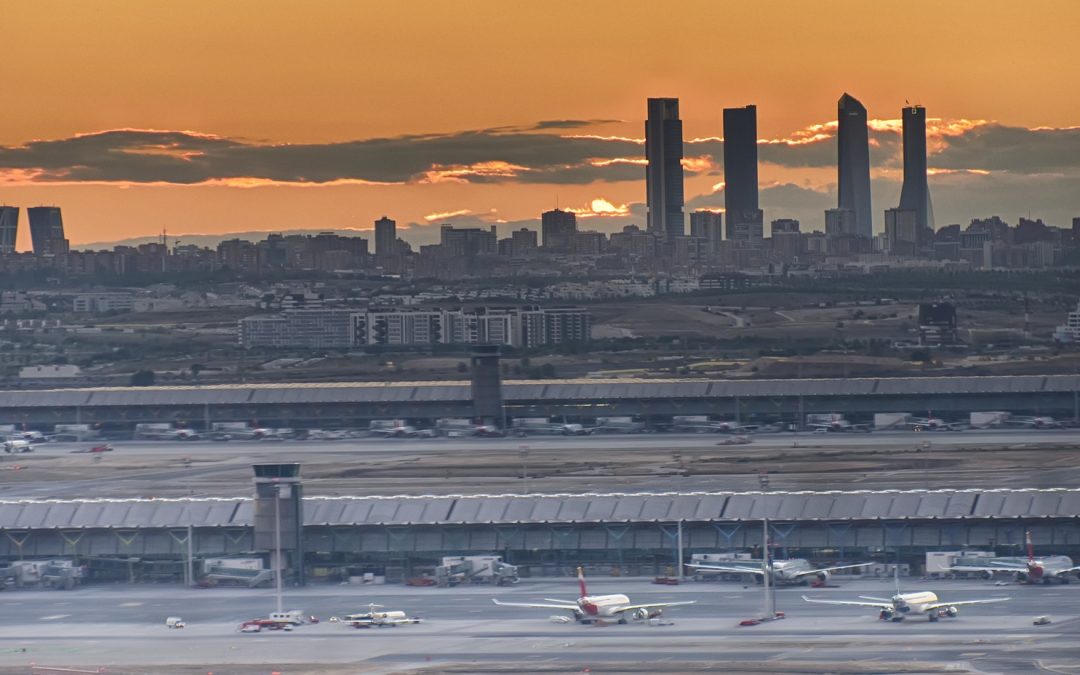
Dec 6, 2019
First published on ScienceDaily.com
The high levels of environmental noise we are subjected to in large cities can increase both the severity and consequences of an ischaemic stroke. More precisely, researchers from the Hospital del Mar Medical Research Institute (IMIM) and doctors from Hospital del Mar, together with researchers from the Barcelona Institute for Global Health (ISGlobal), CIBER in Epidemiology and Public Health (CIBERESP), and Brown University, in the United States, put the increased risk at 30% for people living in noisier areas. In contrast, living close to green areas brings down this risk by up to 25%. This is the first time that these factors have been analysed in relation to stroke severity. The study has been published in the journal Environmental Research.
The researchers looked at the influence of noise levels, air pollution (particularly suspended particles smaller than 2.5 microns; PM2.5), and exposure to green areas on nearly 3,000 ischaemic stroke patients treated at Hospital del Mar between 2005 and 2014. To do this, they used data from the Cartographic Institute of Catalonia, as well as models to analyse atmospheric pollutant levels, the noise map of Barcelona, and satellite images to define areas with vegetation. Also taken into account was the socioeconomic level of the place the patients lived.
Dr. Rosa María Vivanco, from the IMIM’s Neurovascular Research Group and first author of the study, points out that the study gives us initial insight into how noise levels and exposure to green spaces influences the severity of ischaemic stroke. “We have observed a gradient: the more green spaces, the less serious the stroke. And the more noise, the more serious it is. This suggests that factors other than those traditionally associated with stroke may play an independent role in the condition,” she explains. At the same time, Dr. Xavier Basagaña, one of the authors of the study and a researcher at ISGlobal, a centre supported by “la Caixa,” stresses that “exposure to green spaces can benefit human health through various mechanisms. For example, it can reduce stress, encourage social interaction, and increase levels of physical activity.” However, in this study no link was seen with atmospheric pollution. The researchers warn that one of the limitations of the work was the lack of variability in pollutant concentrations to which the study population is exposed. This made it difficult to draw conclusions, and they point out that more studies are needed in this field.
More noise, greater stroke severity
“Previous studies have demonstrated that living in places with high levels of air pollution or noise, or with fewer green areas, exposes the population to a higher risk of suffering an ischaemic stroke. This work broadens our knowledge in this field, showing that the place where we live affects not only the risk of suffering a stroke, but also its severity if it occurs,” explains Dr Gregory A. Wellenius, from the Epidemiology Department at Brown University and final author of the study. In this sense, the results indicate that patients living in noisier areas presented more severe strokes on arrival at hospital.
You can read the full article here.
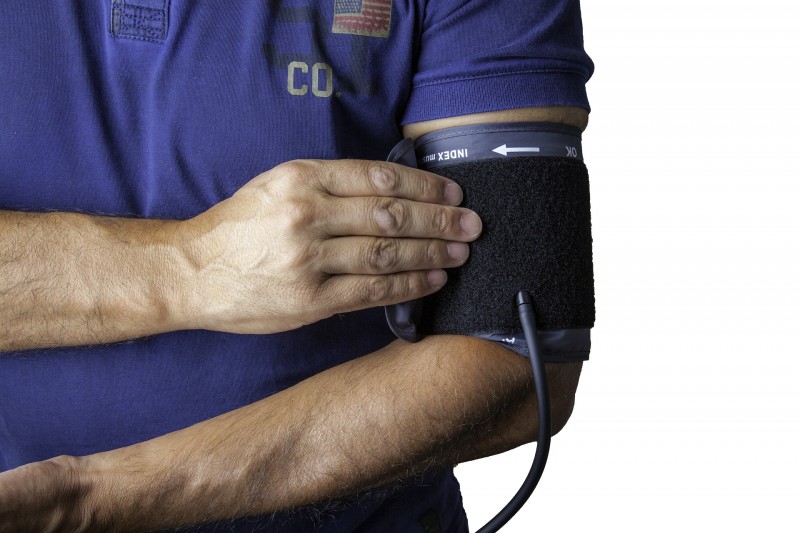
Dec 5, 2019
First published on ScienceDaily.com
A major UConn School of Medicine study published in the American Heart Association’s flagship journal Circulation shows that more aggressively controlling daily blood pressure in older adults can improve brain health.
It’s been estimated that approximately two-thirds of people over the age of 75 may have damaged small blood vessels in the brain which are visible as bright white lesions on brain imaging. Prior research evidence has linked increased amounts of these white matter lesions in the brain with cognitive decline, limited mobility such as a slower walking speed, increased incidence of falls and even increased stroke risk.
The clinical trial, led by Drs. William B. White of the Calhoun Cardiology Center and Leslie Wolfson of the Department of Neurology, followed 199 hypertension patients 75 years of age and older for 3 years.
Throughout that time, researchers tracked the potential benefits of using an intensive anti-hypertensive medication treatment regimen to garner a 24-hour systolic blood pressure target of less than 130 mmHg compared to standard control (approximately 145 mmHg).
As part of the INFINITY (Intensive Versus Standard Ambulatory Blood Pressure Lowering to Prevent Functional Decline In the Elderly) study, researchers assessed the older adults’ mobility, cognitive function, their brain’s white matter progression with magnetic resonance imaging (MRI), and tracked the occurrence of any adverse events.
While the researchers did not identify any significant differences in cognitive outcomes or walking speed between the two study groups, they did observe a significant reduction in the accumulation of brain white matter disease in those receiving the intensive treatment for blood pressure control.
“The results of INFINITY demonstrate that a lower ambulatory blood pressure goal for older adults is likely to conserve future brain function and health,” said Wolfson, professor of neurology and former chair of the Department of Neurology at UConn Health.
In fact, after three years, the accrual of white matter lesions in the brain were reduced by up to 40% in the those patients receiving the intensive blood pressure therapy compared to those who were on standard therapy.
You can read the full article here.
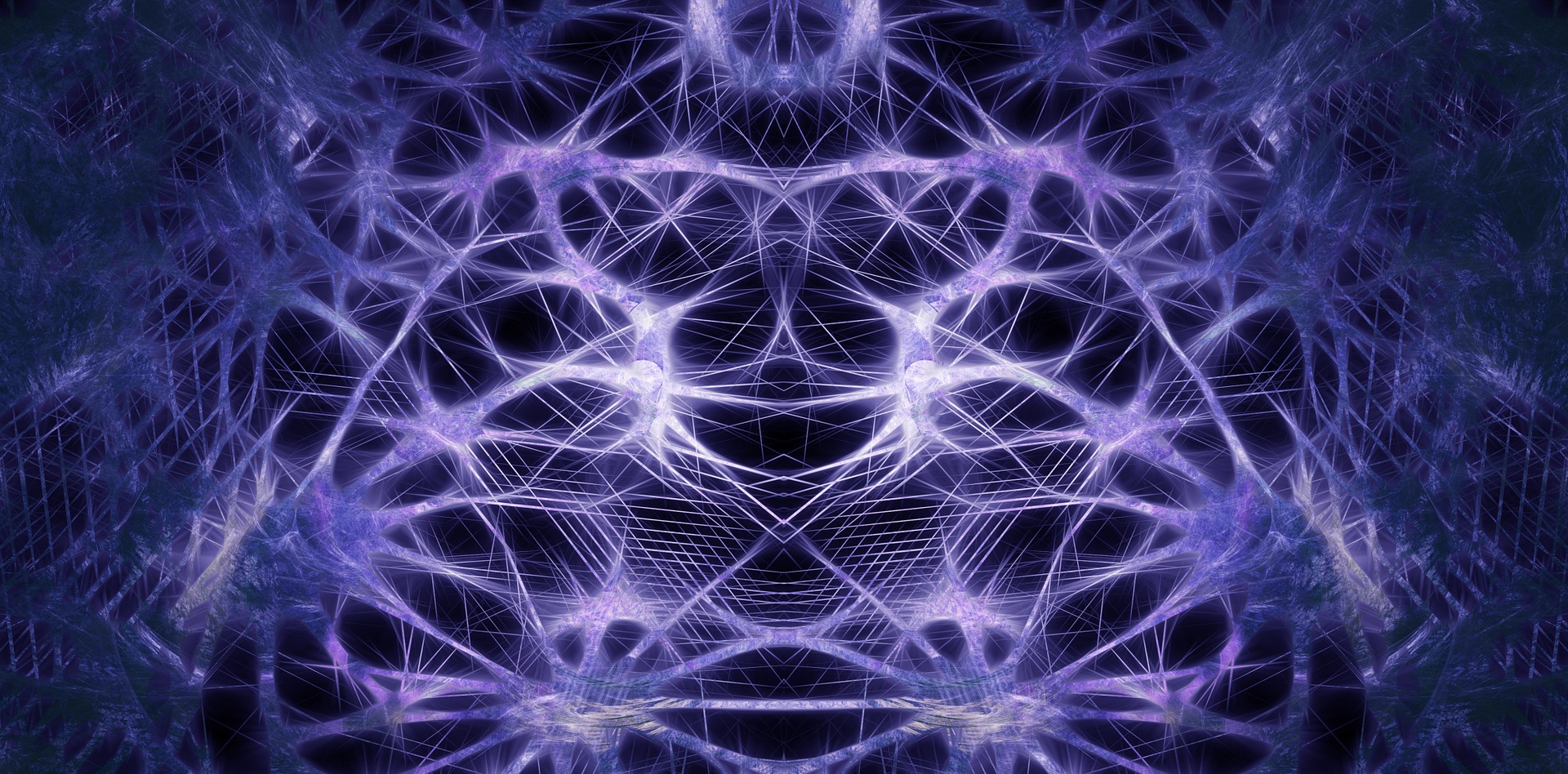
Dec 3, 2019
First published on ScienceDaily.com
Nagoya City University (NCU) researchers have revealed an interaction between cortico-brainstem pathways during training-induced recovery in stroke model rats, providing valuable insights for improving rehabilitation methods.
Upper limb hemiparesis often occurs after ischemic or hemorrhagic stroke. Unilateral upper extremity impairment can substantially disturb patients’ ability to complete activities of daily living. Therefore, continuous improvement of rehabilitation methods is needed to achieve more positive long-term outcomes among survivors.
Researchers at NCU have identified the dynamic recruitment of the “cortex-to-brainstem” pathways via post-stroke intensive rehabilitation and its contribution to the recovery of impaired forelimb function in intracerebral hemorrhage (ICH) model rats. This crucial finding could provide new insights enabling the improvement of rehabilitative methods for humans.
Stroke often affects the primary network from the cortex to the spinal cord, causing severe ongoing motor deficits. Rehabilitation promotes the recovery of impaired motor function, which is believed to be due to reorganization of the residual neural circuits. However, how the circuits are recruited in rehabilitation-induced recovery remains unclear.
To investigate the mechanisms underlying these phenomena, the NCU team used an ICH rat model in which almost 90% of the cortico-spinal tract is destroyed, causing changes in other motor-related circuits. “We previously found abundant newly formed connections from the motor cortex to the red nucleus in rehabilitated rats,” first author Akimasa Ishida explains. “Interestingly, we also uncovered an increase in the “cortex-to-reticular formation” pathway in trained rats when the “cortico-to-red nucleus” pathway failed to function, using a double-viral infection technique during rehabilitation.”
You can read the full article here.
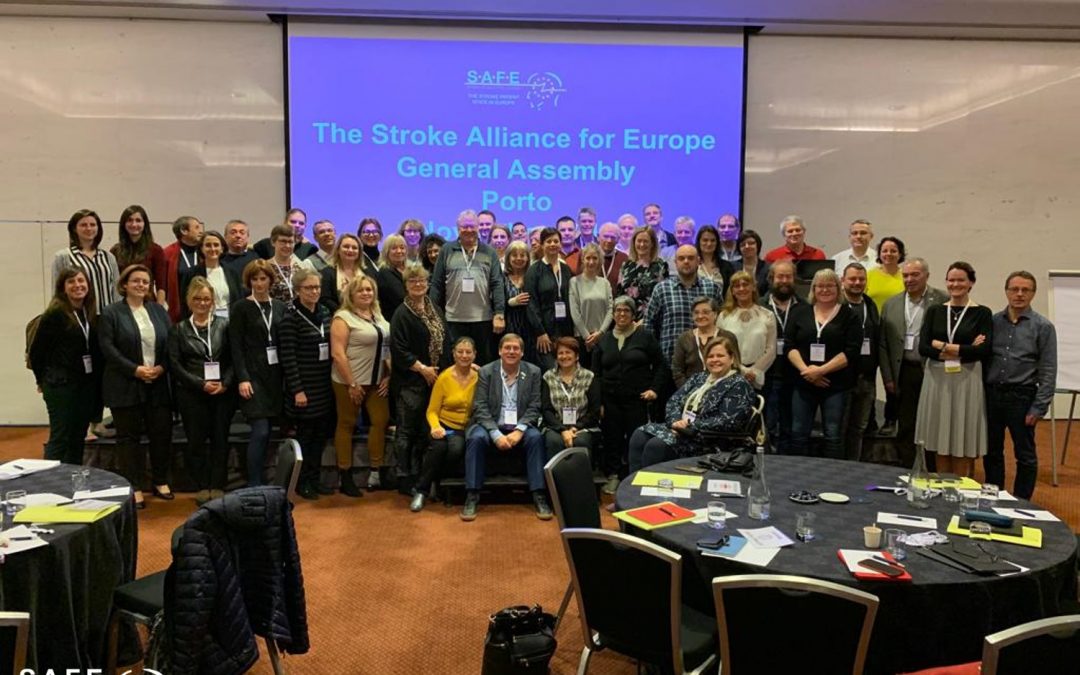
Nov 29, 2019
„This year’s Working Conference was a little different compared to others, because every single delegate who registered actually came to the conference“, said Jon Barrick, SAFE President in his opening remarks of the most important SAFE annual event.
More than 80 delegates from over 30 European countries gathered in Porto, Portugal for this year’s conference and General Assembly.
The Working Conference agenda covered important topics ranging from SAFE’s advocacy work and workshops about growing a stroke support organisation, to vitally important day-to-day topics such as stroke and intimacy, fatigue after stroke and travelling if you are a stroke survivor.
On the first day of the Working Conference SAFE’s most important project in 2019 was presented – The Economic Impact of Stroke in Europe Report.This pivotal piece of research into the health economics of stroke in Europe was presented by Ramon Luengo Fernandes, research lead on behalf of the University of Oxford and Gary Randall, SAFE’s Research Manager and volunteer.
“The Economic Impact of Stroke in Europe Report provides persuasive arguments for stroke to be considered as an investable proposition. We hope we have brought enough hard evidence for our partners, medics, researchers and policy decision makers to see the clear potential for investment in stroke prevention, treatment and life after stroke as a way for saving more lives and reducing future costs” said Arlene Wilkie, SAFE Director General and the chair of this session.
The whole session with the presentation of the results was live tweeted and shared via SAFE Facebook page.
You can see the agenda of the SAFE Working Conference here.
The second day was about practical information on how to grow an SSO, presented by Sarah Belson from the World Stroke Organisation. ‘How to develop your organisation’ is of course a huge topic, but having spoken to a number of you I recognise that some of the most valuable learning you take from SAFE, is hearing from the experience of other SSOs” said Sarah Belson. She presented four case studies from the Cyprus, Finland, Poland and Israel SSOs.
SAFE’s General Assembly was held on 29th November. Apart from voting for very important updates in the SAFE Constitution, new members were welcomed to the Board and three new organisations joined SAFE- Moždani Val from Croatia, Ukrainian Anti-Stroke Association and Turkish Cerebrovascular Diseases Society. The SAFE Assembly voted with much regret for the expulsion of the Austrian SSO, as this member failed to fulfill its membership duties.
There were three new candidates for the Board and three candidates from the previous Board were standing for re-election. After expressing unanimous decisions for each candidate, delegates’ vote lead to SAFE having the full Board in 2020. The new Board consists of 11 members:
Jon Barrick, SAFE President, UK
Anita Arsovska, Vice President, North Macedonia
Marina Charalambous, Secretary, Cyprus
Chris Macey, Treasurer, Ireland
Grethe Lunde, Norway
Ivan Milojević, Serbia
Derya Uluduz, Turkey
Dmytro Gulyayev, Ukraine
Hrvoje Jurlina, Croatia,
Hariklia Proios, Greece
Pnina Rosenzweig, Israel
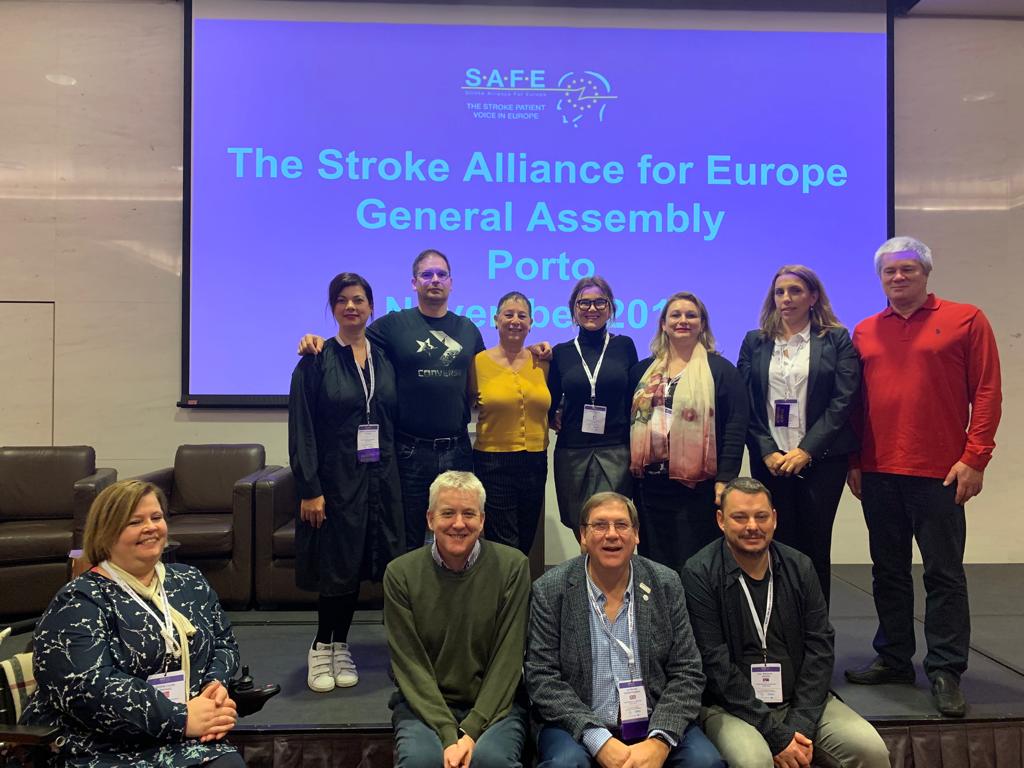
After 15 amazing years of serving #SAFE, Markus Wagner from the German Stroke Foundation Stiftung Deutsche Schlaganfall-Hilfe was presented with a token of our appreciation for all of his hard work as a SAFE Board member, Past-President and a VP. We really appreciate Markus as a colleague and a friend and we hope he will continue to share his experience and ideas with SAFE.
The next General Assembly will be held on 20th November 2020 in Barcelona, Spain.







